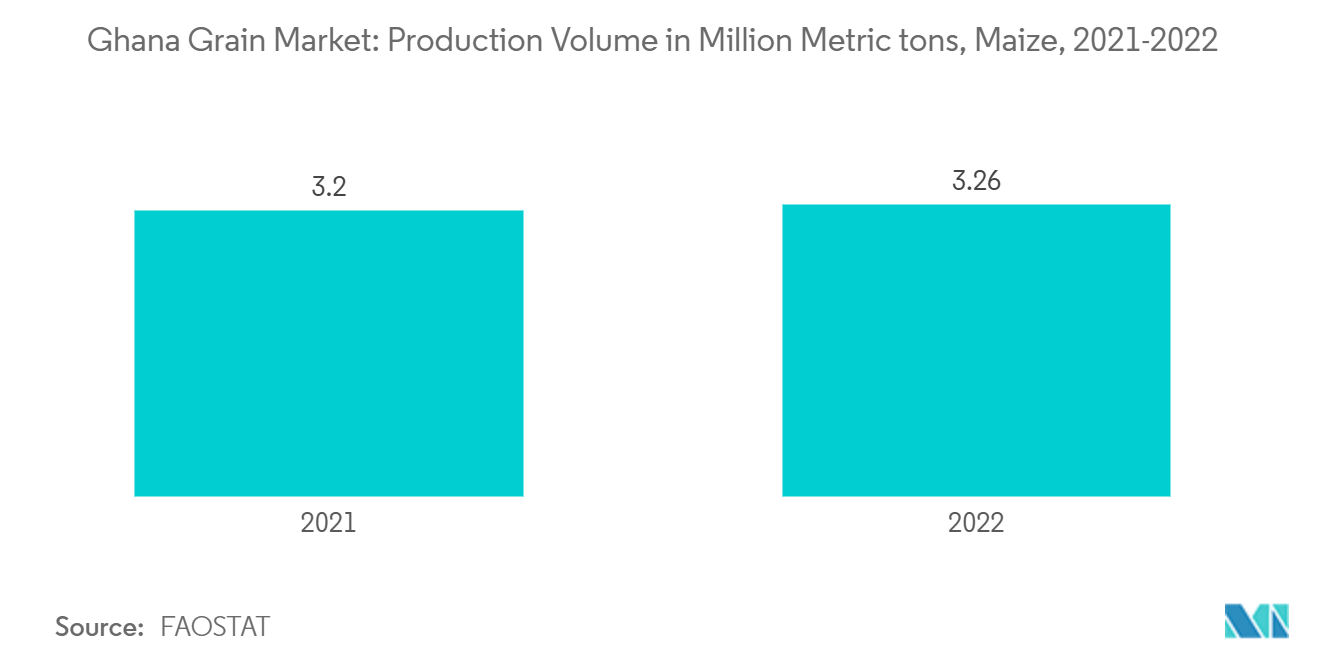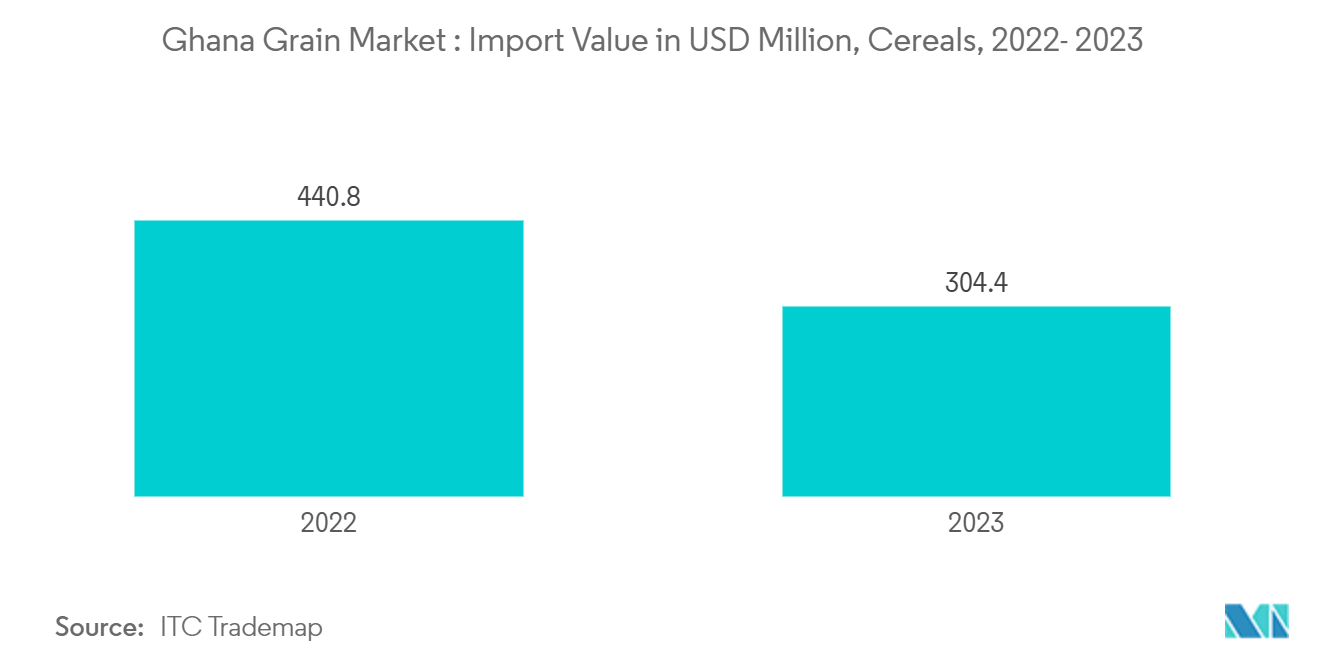Market Trends of Ghana Grain Industry
Maize Dominates the Grain Market in Ghana
In Ghana, maize stands out as the dominant cereal crop in the domestic market. Beyond its significant production volume, maize plays a crucial role in poultry feed, serves as a substitute in the brewing industry, and is cultivated using traditional methods under rain-fed conditions.
While maize is cultivated across Ghana, the primary production hubs are concentrated in the middle-southern regions, specifically Bono & Ahafo, Eastern, and Ashanti. As a staple, maize is not only widely consumed but also accounts for over a quarter of the nation's caloric intake, with local production meeting approximately three-quarters of this consumption.
Data from FAOSTAT indicates that maize production rose from 3.20 million metric tons in 2021 to 3.26 million metric tons in 2022. Maize represents 50-60% of Ghana's total cereal production. Despite its prominence, yields are hampered by the inefficiencies of traditional practices. Addressing this challenge, initiatives like the Accelerating Impacts of CGIAR Climate Research for Africa (AICCRA) have made strides. In 2022, AICCRA set up climate-smart demonstration plots in 18 communities across Central, Bono East, Upper East, Upper West, and Northern regions, promoting bundled climate-smart agriculture (CSA) technologies for maize production.

Rising Initiatives Supporting the Market Growth
The Government of Ghana has implemented structural policy changes to promote regional grain development, aiming to boost domestic production and curtail imports. The government is actively investing in crop production, providing improved inputs and introducing advanced crop production technologies to farmers. For example, in late August 2023, the Government of Ghana rolled out PFJ 2.0. The Ministry oversaw the procurement of 9,827.5 metric tons of seeds, including 5,000 metric tons of maize, 450 metric tons of rice, and 300 metric tons of sorghum. Additionally, they procured 365,165 metric tons of inorganic fertilizers and 7.2 million liters of pesticides. These were supplied to farmers for the minor planting season under the Input Credit Model. This marks a transition from an input subsidy policy to an input credit system, allowing farmers to access necessary inputs and services on credit.
In 2023, the U.S. Government, through USAID, in collaboration with the UN's World Food Programme, extended crucial support to Ghanaian farmers during the lean season. The initiative, valued at USD 7 million, aimed to bolster food security by enabling farmers to sustain agricultural activities during the lean season. This support targeted specific districts in the Upper East, Upper West, Northeast, and Northern Regions, along with neighboring areas, and spanned three months. In November 2023, the African Development Bank inaugurated a three-year research and outreach initiative in Ghana, focusing on enhancing the country's cereal value chain development. The Grain Quality Grading and Certification Project, a collaborative effort between the African Development Bank's Microeconomics, Institutional and Development Impact Division and the University of Ghana's School of Agriculture, is spearheading this initiative.
Consequently, such initiatives are poised to help Ghana gradually reduce its cereal and grain imports, bolstering the nation's food security standing. For context, data from ITC Trade Map indicates that Ghana's total cereal import value dropped from USD 440.8 million in 2022 to USD 304.4 million in 2023.


